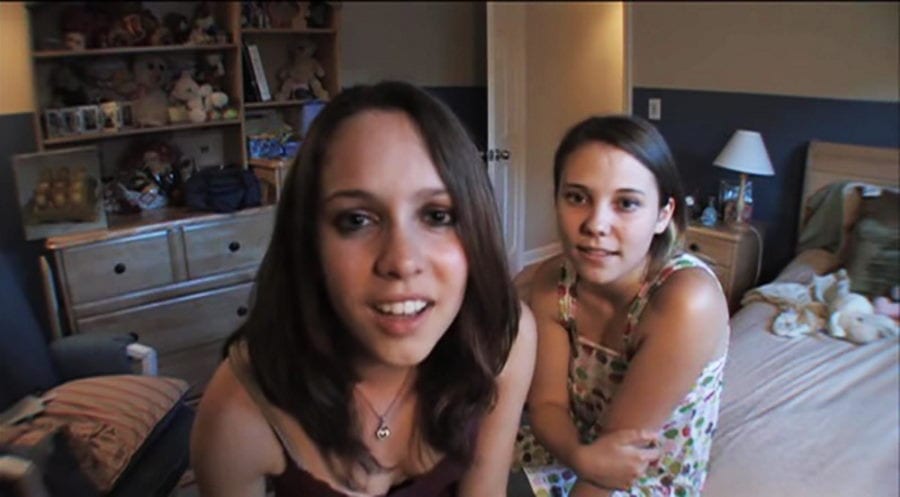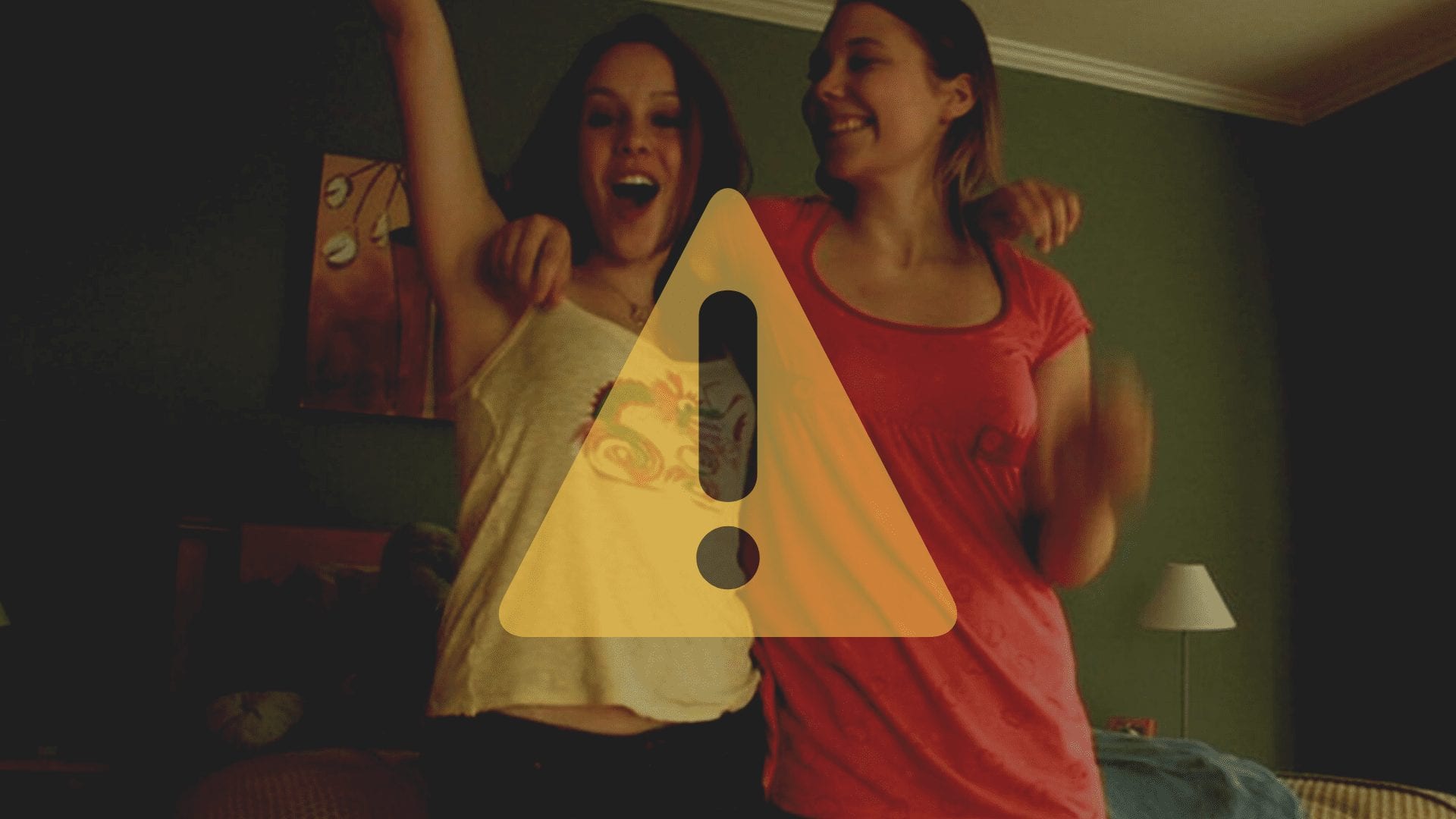“Trigger warning.”
The current ubiquity of that phrase has been met with controversy and, in some cases, ridicule. One particularly charming Urban Dictionary user writes that the purpose of trigger warnings are “to warn weak-minded people who are easily offended that they might find what is being posted offensive in some way due to its content, causing them to overreact or otherwise start acting like a dipshit. Popular on reddit SRS or other places that social justice warriors like to hang out.”
This, unsurprisingly, is about as factually correct as Donald Trump’s claims that he won the election (no, he didn’t. Yes, I’m sure.) In reality, trigger warnings are meant for people who struggle with mental health issues, especially post-traumatic stress disorder (PTSD). Usually a piece of text placed at the beginning of a work, they notify such consumers if that work is likely to make them relive their trauma. For example, a film’s description might warn that it depicts sexual assault. A survivor of sexual assault who has PTSD could then avoid watching that film, if they believed that it might “trigger” overwhelming emotional or physical symptoms.
Enter Megan Is Missing. Upon release in 2011 it received predominantly negative reviews (one critic described it as “amateurish trash”) and this, combined with its graphic violence, made it simultaneously notorious and forgettable. New Zealand’s Office of Film and Literature Classification, meanwhile, found the film so “prurient and exploitative” that they deemed it “likely to be injurious to the public good” and effectively banned it. Specifically, their report noted that “the film relishes in the spectacle of one girl’s ordeal, including a 3-minute real-time rape scene.” Yikes.

The revolution will not be televised…
But of course, there’s nothing like controversy to get people’s attention. This is presumably why a number of TikTok users decided to try the film, which—along with their horrified reactions—promptly went viral. (To be fair, a collective of TikTok influencers did galvanise large numbers of Gen-Z viewers to vote for Biden in the U.S. election. Getting them to watch a disturbing film must be small potatoes by comparison.)
Then the film’s director, Michael Goi, issued a TikTok of his own. In it, he warns viewers: “do not watch the movie in the middle of the night, do not watch the movie alone, and if you see the words ‘Photo Number one’ pop up on your screen, you have about four seconds to shut off the movie […] before you start seeing things that maybe you don’t want to see.”
please watch this if you’re considering watching megan is missing!!! i highly recommend against watching it but if you really want to pls watch this first pic.twitter.com/3QJbfIO50s
— peach ミ☆ (@warrencers) November 15, 2020
Few commentators have objected to this warning, although the words “shut off the movie” may in reality be the last thing potential viewers need to hear. Multiple experts in psychiatric fields have asserted that trigger warnings perpetuate an “avoidance culture”, lessening PTSD sufferers’ resilience to triggers and exacerbating the condition. Additionally, they risk defining survivors by their trauma, which in turn could exacerbate their illness. On the other hand, some survivors appreciate trigger warnings: done properly, they serve as useful consent buttons that could potentially save lives. Besides, at least one study has suggested that they in fact can alleviate negative reactions to certain content.
But however polarising this debate has become, I expect there’s one thing we can all agree on. Goi’s video? It’s about as helpful as a saucepan made of wood.
Don’t push the button
The main problem isn’t that Goi told people not to watch his film alone. It’s that he didn’t tell them why. To put it another way, “Trigger warning: rape, sexual assault, violent imagery, detailed, graphic” is a trigger warning. “Don’t watch this film alone” is as good as a sales pitch, tantalising in its vagueness. It even sounds like a challenge: the horror movie that was SO SHOCKING it got BANNED IN NEW ZEALAND! Are YOU brave enough to watch it alone?
Yes, maybe Goi’s warnings are sincere, if ill-conceived. And yes, when filming Megan Is Missing he did request that the younger actors’ parents join them on set in the name of transparency and safeguarding. Yet multiple commentators—including in the New Zealand report—have heavily criticised his decision to lean on the torture and exploitation of (fictional) teenage girls for shock value, as well as to sexualise them throughout the film. Not to mention, he later returned to TikTok to launch the ‘#meganismissingscriptchallenge’. The lucky winner gets an old draft copy of the script, apparently. Oh, and yesterday he posted a quick tour of the signatures on his American Horror Story poster, still with the #meganismissing hashtag. In short, he seems to be making the most of the attention, with no signs of stopping.
Not their problem
And then, there’s the way he concluded that first warning. “So apologies to those who are already [freaked out], but fair warning to those of you who are still contemplating watching the film.” Which sounds an awful lot like, it’s out of my hands, folks. Still going to watch the film because my incredibly vague warnings just made you even more curious? Not my problem!
With that in mind, it’s hard not to see Goi as a proponent of the worst kind of trigger warning: the kind that creators use to shirk responsibility. Instead of a well-meant safeguard, they become a box-ticking exercise in Doing The Absolute Bare Minimum. Oh, you had to call Samaritans because our movie triggered suicidal thoughts? Well, we put “contains upsetting scenes” in the description. Honestly, what were you expecting?
What comes next?
Let’s get one thing straight: whatever your opinion on them, trigger warnings are popular and therefore not going away. But if they’re going to fulfil their potential and genuinely help those with PTSD, creators need to do better in writing them. Making them clear and comprehensive (but not so detailed as to become triggers in their own right) is a good start.
But above all, they need to leave agency in the hands of those who need them. They need to make sure that survivors won’t be blindsided if they press play, but recognise that those survivors are not weak, helpless or unable to think for themselves. They can and will press play, if that’s the right choice for them. As one Medium writer puts it, “trigger warning” means “here be dragons“. It does not mean, “go home, you are obviously too broken to fight dragons ever again.” They’re a tool that enables vulnerable but autonomous humans to make informed decisions, not a marketing gimmick and not a moral loophole.
Above all, writers and directors should remember: it’s not about them.
Support The Indiependent
We’re trying to raise £200 a month to help cover our operational costs. This includes our ‘Writer of the Month’ awards, where we recognise the amazing work produced by our contributor team. If you’ve enjoyed reading our site, we’d really appreciate it if you could donate to The Indiependent. Whether you can give £1 or £10, you’d be making a huge difference to our small team.
